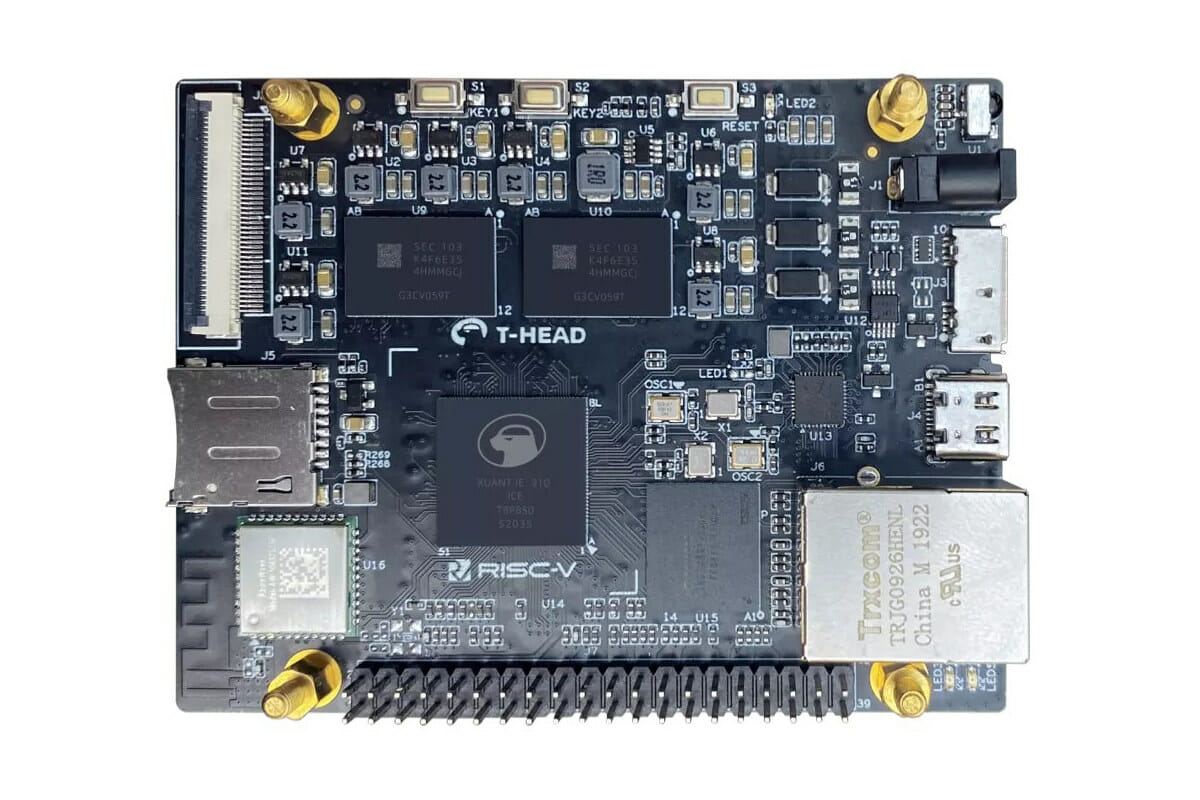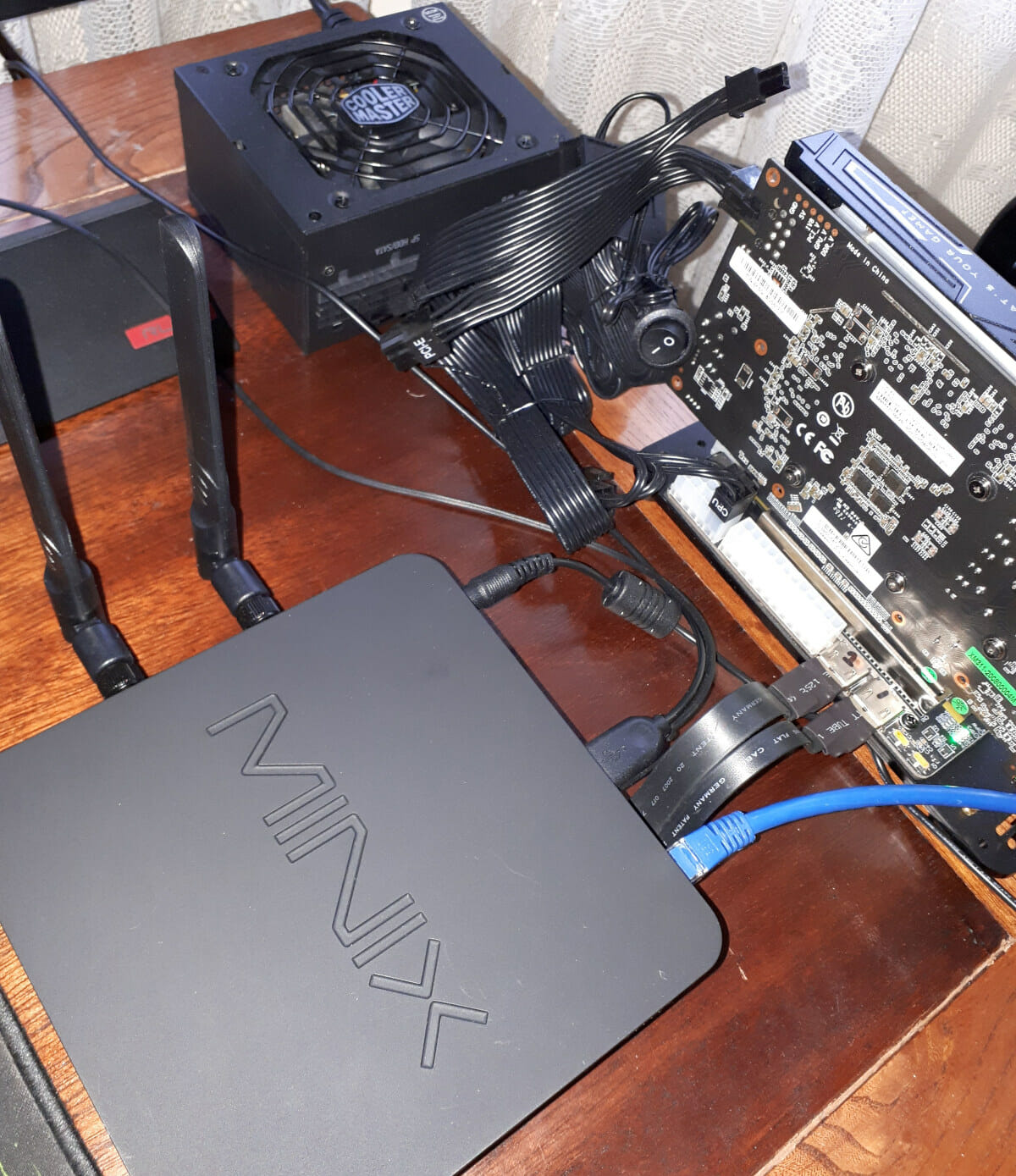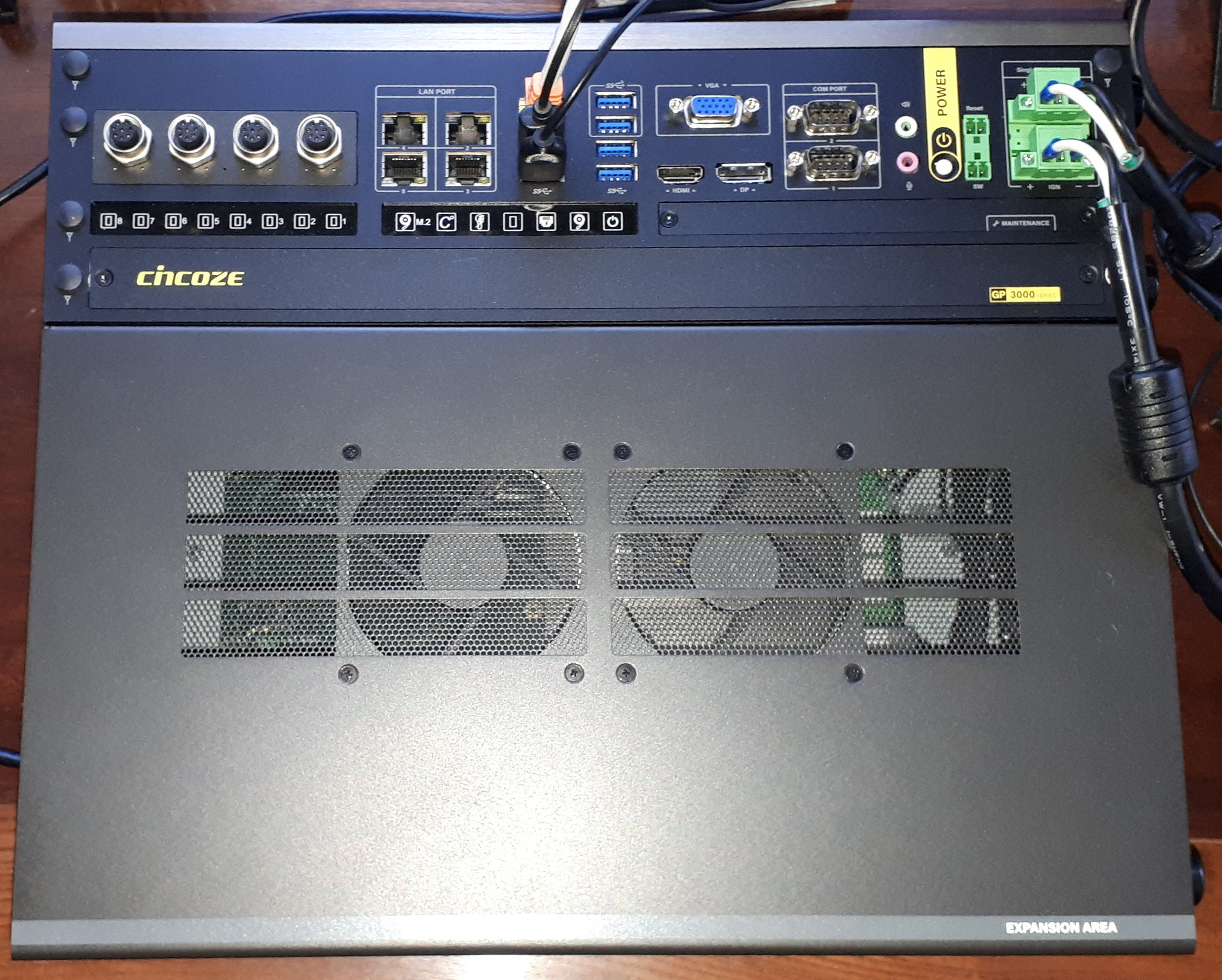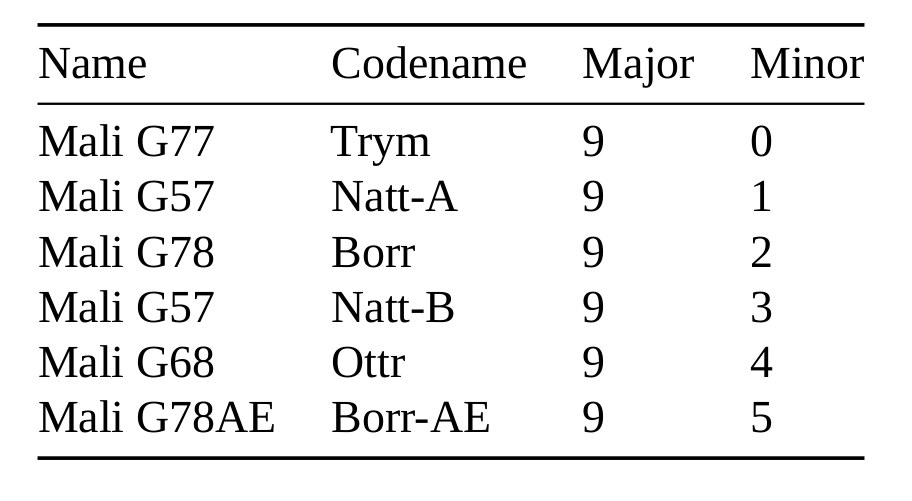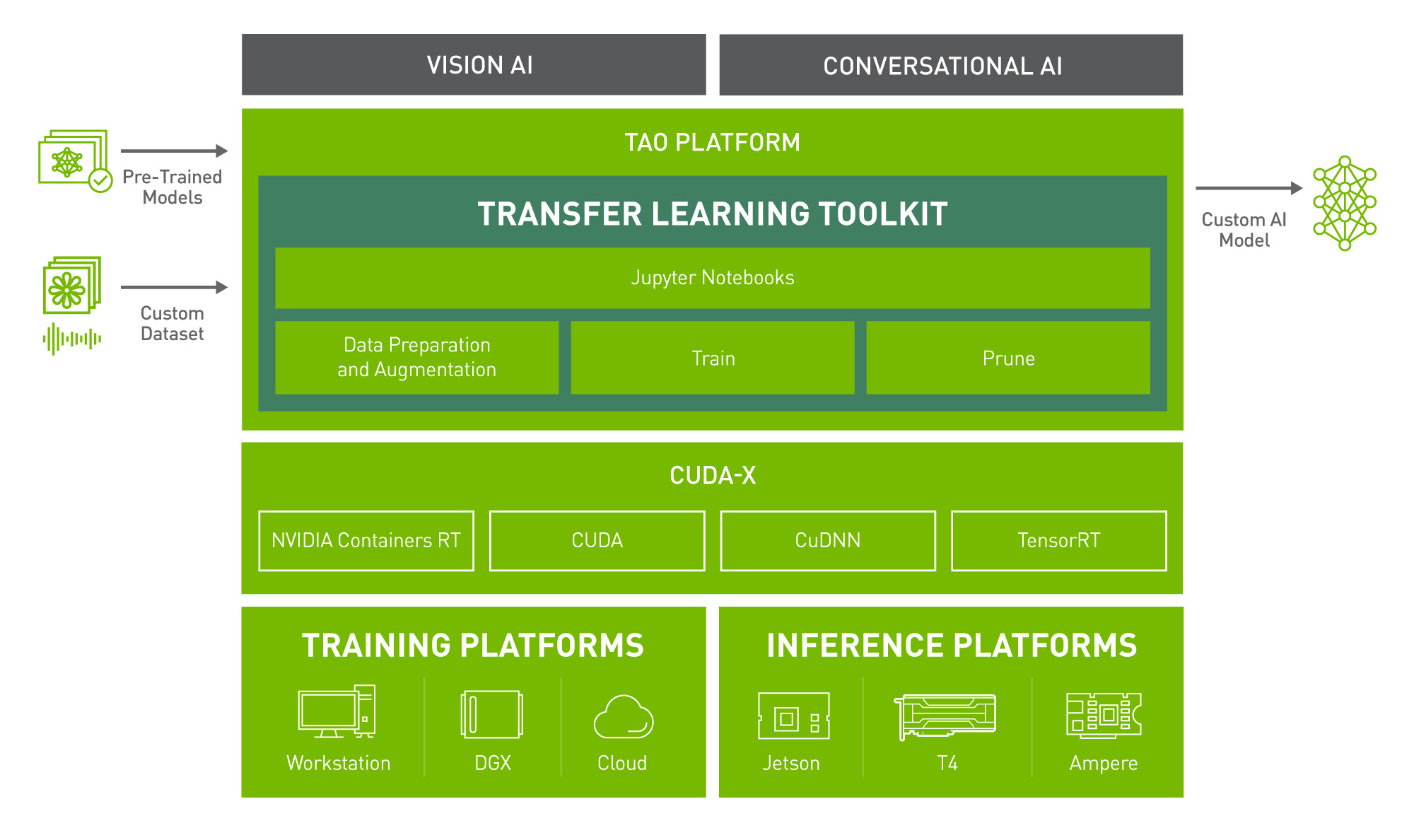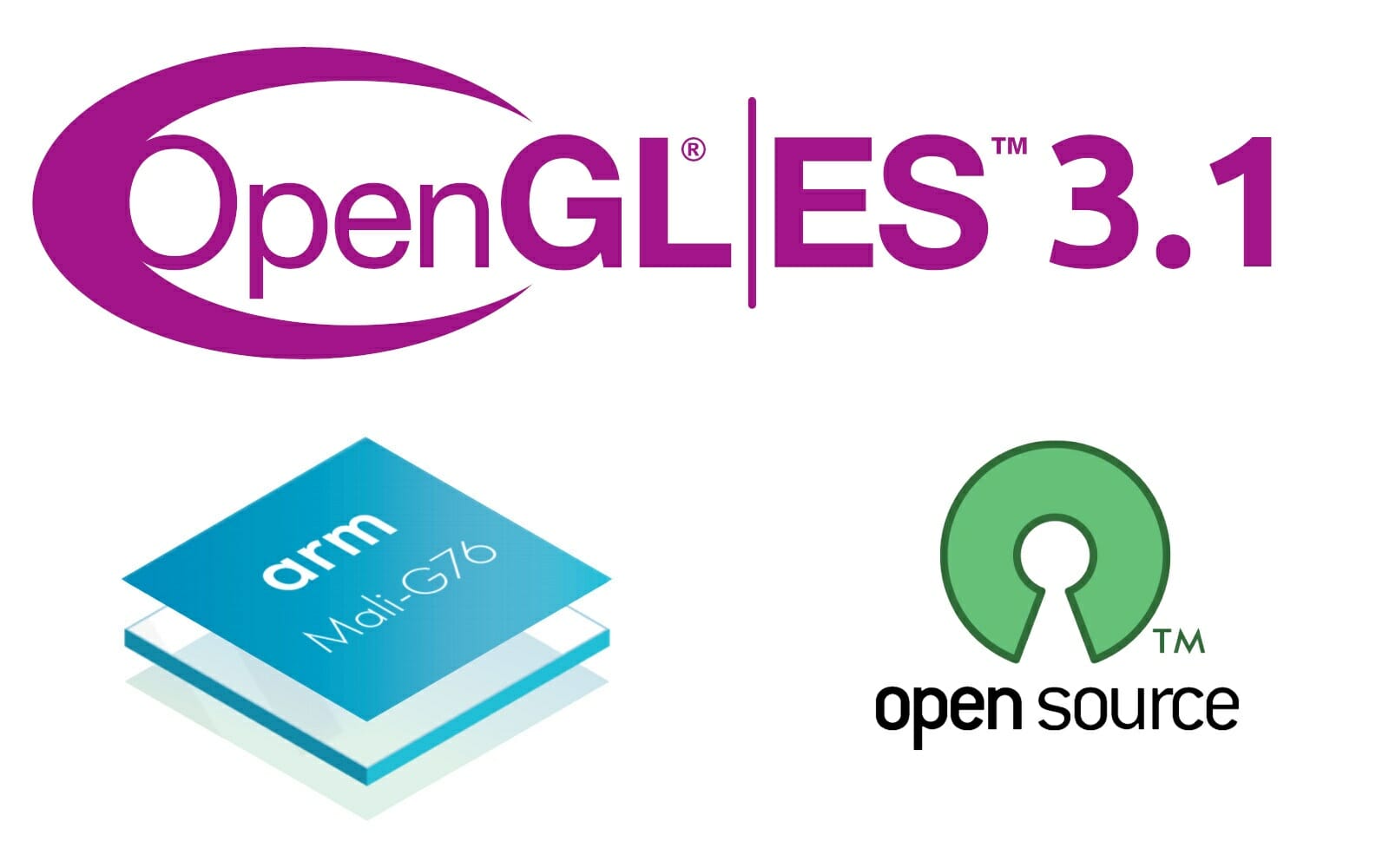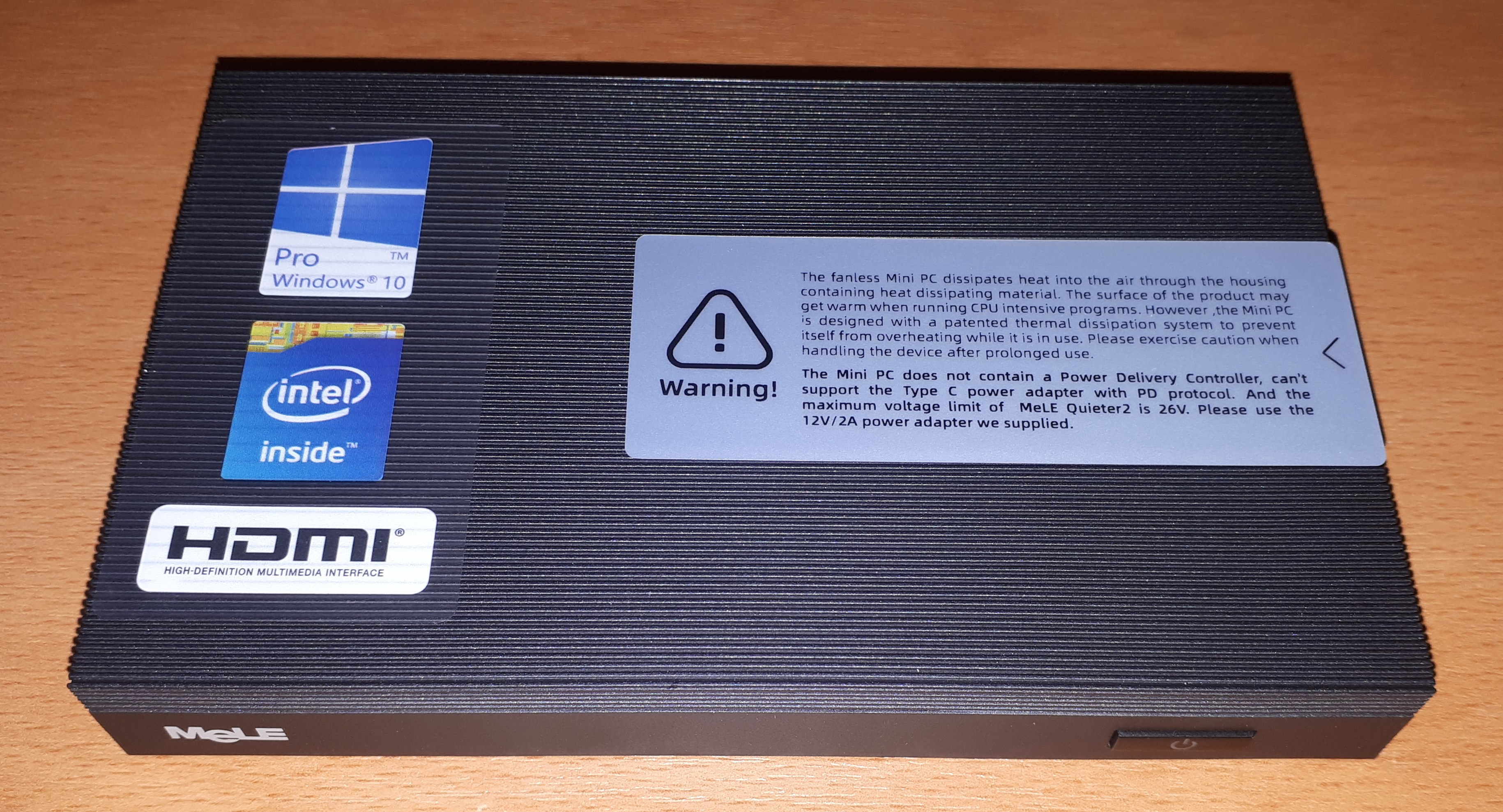The very first RISC-V single board computer with a 3D GPU reveals itself with “Alibaba T-head RVB-ICE” SBC available for pre-order for $399 together with a 7-inch display. The board is based on Alibaba T-Head “ICE” dual-core XuanTie C910 RISC-V processor with a Vivante GC8000UL GPU, and follows the announcement of Android 10 being ported to a RISC-V board earlier this year. Besides the dual-core RISC-V processor clocked at 1.2 GHz, the board is equipped with 4GB LPDDR4, 16GB eMMC flash, and offers Gigabit Ethernet, WiFi and Bluetooth connectivity, as well as a 48-pin GPIO header. But it lacks HDMI output, relying on an LCD interface instead, as well as full-size (Type-A) USB ports with only one micro USB 3.0 OTG port, and a USB-C port for serial console. Alibaba RVB-ICE specifications: SoC – Alibaba T-Head ICE with dual-core XuanTie C910 RISC-V processor @ 1.2 GHz, Vivante GC8000UL GPU, NPU […]
MINIX NGC-5 Review – Windows 10, Ubuntu 20.04, and external GPU
MINIX has just launched a new mini PC in their NGC range called the NGC-5. Although it uses a somewhat dated Intel eighth-generation Core i5 processor, the integrated Iris Plus Graphics 655 is notable for being one of the more powerful iGPU solutions. MINIX kindly sent one for review and I’ve looked at performance running both Windows and Ubuntu together with using an eGPU. Hardware Overview The NGC-5 physically consists of a 153 x 153 x 43mm (6.02 x 6.02 x 1.57 inches) square plastic case. As an actively cooled mini PC, it uses Intel’s older 14 nm++ Core i5-8279U Coffee Lake processor which is a quad-core 8-thread 2.40 GHz processor boosting to 4.10 GHz with Intel’s Iris Plus Graphics 655. The front panel has just a LED power indicator whereas the rear panel includes dual gigabit Ethernet ports, dual USB 3.1 ports, a DisplayPort 1.2, an HDMI 2.0a port, […]
Debian 11 “BullsEye” released with Panfrost & Lima GPU drivers, exFAT support, driverless printing
Debian 11 “BullsEye” has been released with Panfrost & Lima open-source drivers for Arm GPUs, in-kernel exFAT file system, driverless printing, and many more updates, plus a 5-year support window. Debian’s release is significant as the Linux operating system serves as the base for Ubuntu and derivatives, Raspberry Pi OS, and together with Ubuntu, is one of the operating systems supported by Armbian which offers images for a range of Arm-based single board computers. Arm Mali GPU support in Debian 11 I remember a few years ago 3D graphics acceleration on Arm boards was news, as it was quite a challenge to get it working due to binary blobs. But Debian 11 now comes with Mesa 20.3 framework which includes Panfrost and Lima open-source Mali GPU drivers by default, as well as the Vulkan 1.0 conformant V3DV driver for Raspberry Pi 4. As noted in the documentation that means the […]
Cincoze GP-3000 review – An expandable Xeon-based GPU computer
Cincoze GP-3000 is an expandable high-performance GPU computer. It consists of either a 9th or 8th generation Intel processor-powered embedded computer which can be expanded with Cincoze’s proprietary GPU Expansion Box (GEB) capable of housing up to dual 250W full-length graphic cards. Additional I/O expansion is also possible through the use of various modules. With a total 720W power budget the GP-3000’s additional GPU performance massively accelerates complex industrial AI and machine vision tasks. As a rugged computer, the GP-3000 has passed a series of stringent quality assurance tests and industry standards including MIL-STD-810G military standard, E-mark for in-vehicle applications, and EN50155 (EN 50121-3-2 only) for rolling stock environments. It can withstand hot and cold temperature extremes, shock and vibration, and high electromagnetic radiation. In this review, I’ll cover some performance metrics from both Windows and Ubuntu and also discuss the thermals. Hardware Overview The GP-3000 (see PDF datasheet) loaned […]
Mali-G78 GPU’s Valhall instruction set documentation released after reverse-engineering work
Collabora has been working on Panfrost open-source GPU driver for Arm Mali Bifrost and Midgard GPU for several years, and even getting official support from Arm. But apparently, that support does not include documentation for Mali-G78 GPU and other recent Arm Valhall Mali GPUs, as the company recently reverse-engineered Mali-G78 for about a month before releasing the documentation on the Valhall instruction set (PDF). Other results from the reverse-engineering include an XML architecture description that can be parsed by programs, as well as a Valhall assembler and disassembler that were used as a reverse-engineering aid. Besides Mali-G78 “Borr” GPU, the work will be useful for other Valhall GPUs include Mali-G77 “TryM’, Mali-G57 “Natt-A/B”, Mali-G68 “Ottr”, and Mali-G78AE “Borr-AE” for automotive & industrial applications. Alyssa Rosenzweig explains Collabora’s work that was based on the International edition of the Samsung Galaxy S21 phone powered by Samsung Exynos 2100 system-on-chip with a Mali-G78 […]
NVIDIA TAO Transfer Learning Toolkit (TLT) 3.0 released with pre-trained models
NVIDIA first introduced the TAO (Train, Adapt and Optimize) framework to eases AI model training on NVIDIA GPU’s as well as NVIDIA Jetson embedded platforms last April during GTC 2021. The company has now announced the release of the third version of the TAO Transfer Learning Toolkit (TLT 3.0) together with some new pre-trained models at CVPR 2021 (2021 Conference on Computer Vision and Pattern Recognition). The newly released pre-trained models are applicable to computer vision and conversational AI, and NVIDIA claims the release provides a set of powerful productivity features that boost AI development by up to 10 times. Highlights of TAO Transfer Learning Toolkit 3.0 Various computer vision pre-trained models for Computer vision: Body Pose estimation model that supports real-time inference on edge with 9x faster inference performance than the OpenPose model. Emotion recognition Facial landmark License plate detection and recognition Heart rate estimation Gesture recognition Gaze estimation […]
Panfrost now supports OpenGL ES 3.1 on Midgard (Mali T760 and newer) and Bifrost (Mali G31, G52, G76) GPUs
OpenGL ES 3.0 experimental support for Panfrost open-source Arm Mali GPU driver was announced in February 2020 and culminate with the release of Mesa 20.3 with Panfrost support last December. Collabora has now started to work on Panvk, Panfrost Vulkan driver, but that does not mean OpenGL ES work is done, and the company has just published a blog post about OpenGL ES 3.1 support in Panfrost. Alyssa Rosenzweig explains OpenGL ES 3.1 extends to both the older Midgard GPUs that include Mali T760 and newer version, and the more recent Bifrost GPUs with Mali-G31, Mali-G52 and Mali-G76. Compared to OpenGL ES 3.0, OpenGL ES 3.1 adds compute shaders, indirect draws, and no-attachment framebuffers. Boris Brezillon, Italo, Nicola, Alyssa, and the wider Mesa community especially focused on Mali-G52 GPU, found for instance in Amlogic A311D and Rockchip RK3566, with Panfrost driver passing essentially all of drawElements Quality Program and Khronos […]
MeLE Quieter2 Review – Windows 10, Ubuntu 20.04, and eGPU
MeLE has recently released a passive mini PC called the Quieter2. What is particularly interesting is that whilst it only has a low-powered Intel Celeron CPU it also supports an M.2 2280 NVMe SSD drive which theoretically makes using an eGPU possible. MeLE provided a 99% discount coupon so that I could purchase one for review and the results from various testing are detailed below. Hardware Overview The Quieter2 physically consists of a 131 x 81 x 18.3mm (5.16 x 3.19 x 0.72 inches) rectangular plastic case with a metal base plate. The top half of the case is finely grooved to mimic the fins of a heat spreader but is made of plastic rather than metal to allow reception to the WiFi antennas as one is directly connected to it. As a passively cooled mini PC, it uses Intel’s 14 nm J4125 Gemini Lake Refresh processor which is a […]


